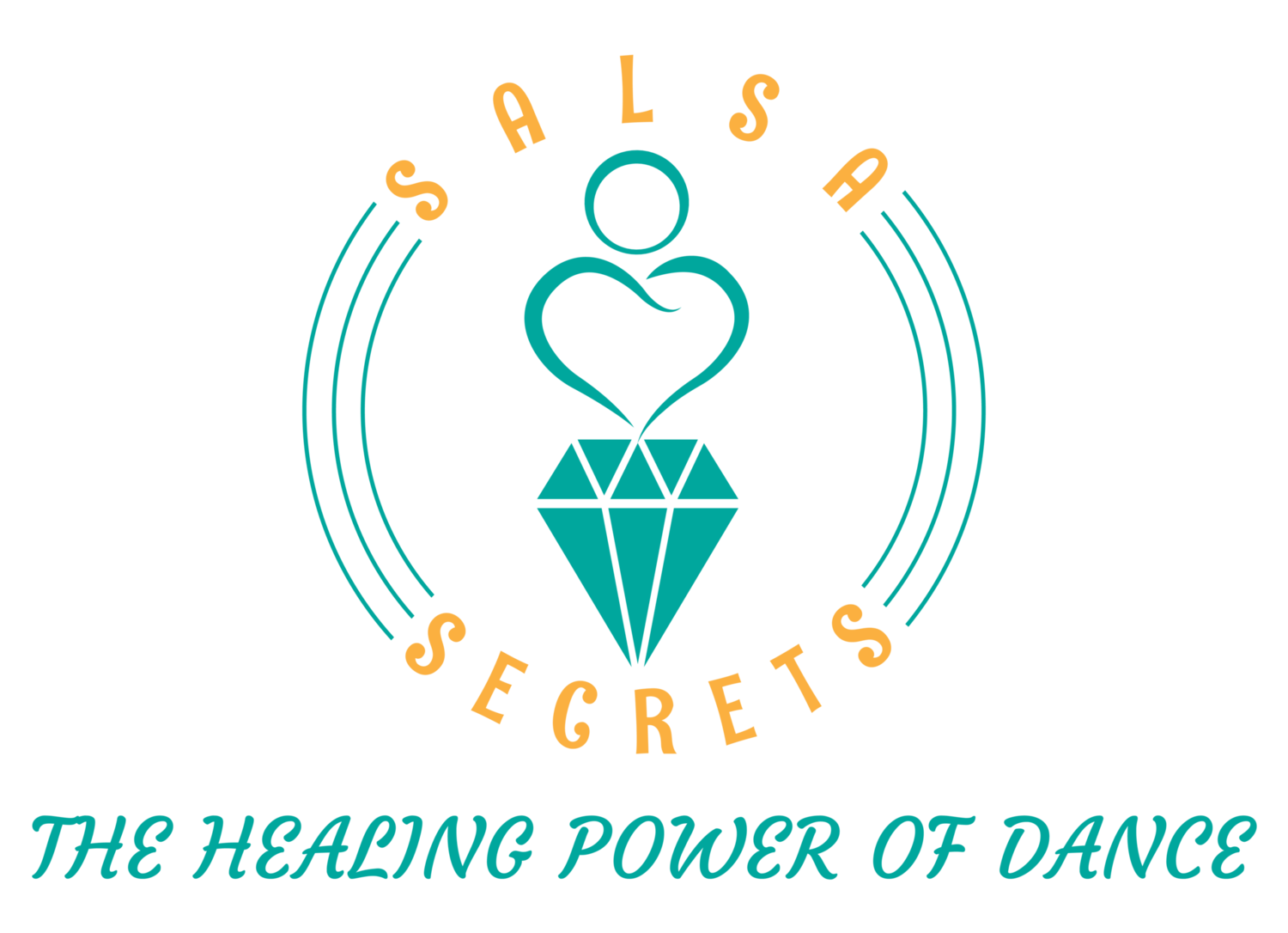The vibrant and infectious beats of merengue have captivated music lovers around the world for decades.
This lively dance music originated in the Dominican Republic and has evolved into a symbol of national identity and cultural pride. In this blog post, we will embark on a musical journey to explore the fascinating origins of merengue and uncover the rich heritage behind this rhythmic treasure.
The origin of merengue
The story of merengue begins with the blending of diverse musical traditions that emerged during the colonial era in the Dominican Republic. As a result of Spanish colonization, African slave trade, and the indigenous Taino people, the country became a melting pot of cultures and musical influences. These distinct elements would eventually fuse together to create the unique sound of merengue.
Shaping the rythym
African influences played a crucial role in shaping the rhythm and percussion of merengue. The enslaved Africans brought with them their rich musical heritage, characterized by intricate drumming patterns and syncopated beats. These rhythmic foundations found their way into the evolving Dominican music scene, infusing it with energy and vitality.
The most iconic instrument in merengue, the accordion, arrived in the Dominican Republic in the mid-19th century. European immigrants, particularly from Germany and Italy, brought this instrument to the Caribbean. The accordion quickly integrated itself into the local music culture, providing melodic lines and harmonic accompaniment to the vibrant percussion.
The dance form known as "merengue" emerged alongside the music. Rooted in African and European traditions, the dance incorporates lively footwork, hip movements, and playful interactions between partners. The synchronized steps and graceful twists reflect the joyful and celebratory nature of the music.
The evolution of merengue
During the early 20th century, merengue underwent a transformation from a folk genre to a more orchestrated and polished sound. This evolution was primarily driven by the creation of large merengue orchestras, which added brass instruments, saxophones, and other elements to the musical ensemble. The increased instrumentation expanded the sonic palette of merengue and enabled its popularity to soar both nationally and internationally.
The figure of Juan Pablo Duarte, one of the founding fathers of the Dominican Republic, played a significant role in shaping merengue as a symbol of national identity. Duarte's commitment to independence and his love for his country inspired many musicians to infuse their music with patriotic themes, emphasizing the Dominican spirit and fostering a sense of unity among the population.
Merengue continued to evolve throughout the 20th century, incorporating influences from other genres such as jazz, salsa, and even rock. Artists like Johnny Ventura, Juan Luis Guerra, and Sergio Vargas brought merengue to international audiences, elevating its status and spreading its infectious rhythm to the world stage.
In conclusion, merengue, with its lively rhythms, contagious energy, and rich cultural heritage, stands as a testament to the resilience and creativity of the Dominican people. Born from a fusion of African, European, and indigenous influences, merengue has become a cherished symbol of Dominican identity. Its infectious beats and spirited dances have the power to unite people and ignite celebrations around the world. As we continue to enjoy the rhythmic magic of merengue, let us appreciate the diverse origins that have shaped this remarkable musical genre.

